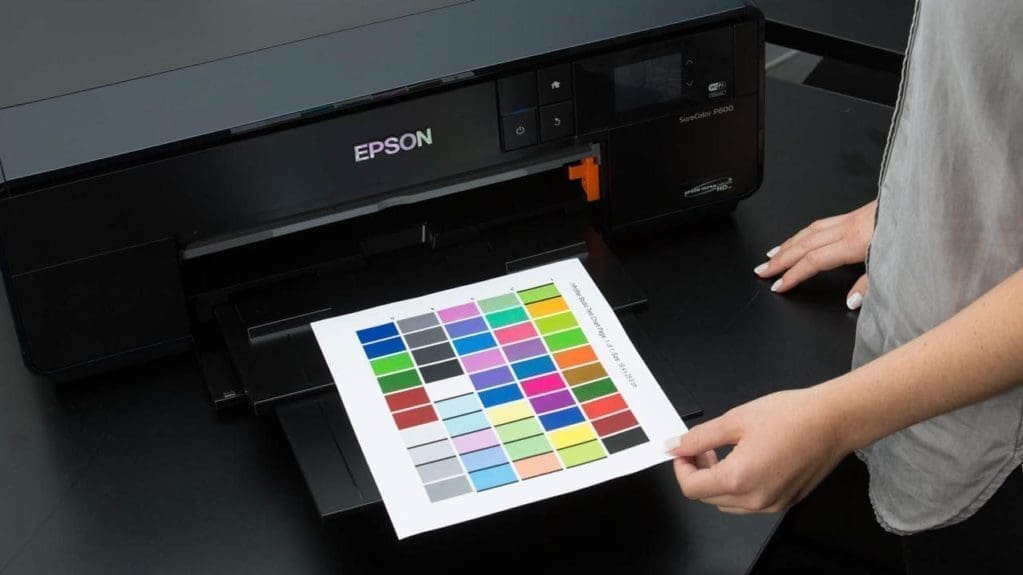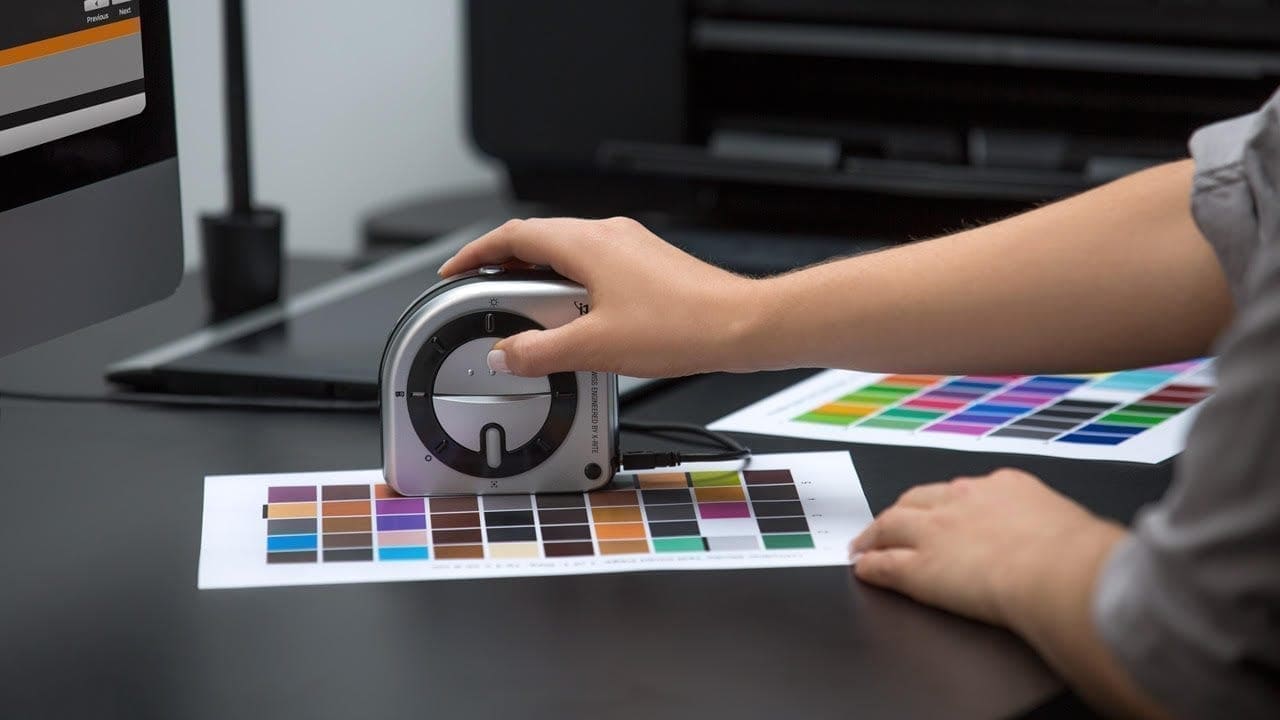Printer Calibration
To ensure consistent colour as we move images through our colour managed workflow, every stage requires calibration and profiling. Printing is no different, however the printer effectively self-calibrates when switched on.
The big variable is the choice of paper and inks, so that is why we need to create specific profiles to reflect their different qualities.
Many photographers make use of profiles that were created by the printer manufacturer for use with their own papers and inks. For less critical work this is a reasonable option that should deliver respectable results, however it won’t take account of batch variations in materials or the individual condition of your printer, so custom profiling is the way to go if you want the best results.
The key point about printer profiling, is that no two setups are identical, so each variation in printer model, ink or paper requires a specific profile to accurately transfer the colours we see on screen to the printed page with excellent reproduction.
Naturally, your final results are only as good as the weakest link, so you should choose your equipment and materials carefully.
The process of printer profiling will vary according to the model of calibrator you are using, however the devices are known as a spectrophotometer, which is capable of calibrating both displays and printer paper.
They are typically more expensive than a colorimeter that only calibrates displays, but offer greater flexibility.

The process uses an onscreen guide, which helps you choose the right settings to generate a target pattern. Using the new i1Studio as an example, after scanning the first set of target patches it then dynamically creates two additional printouts to be scanned separately for the creation of a custom printer profile.
It’s important to wait for a period of time after the paper has printed before scanning with the calibrator, because time is needed for the inks to settle. On something like Epson Premium Glossy Photo the colours will tend to settle fairly quickly with a dye ink printer, so 15 minutes is probably sufficient.
On a pigment ink printer with a heavy rag fine art paper it would be advisable to wait several hours, because it can take a long time for inks to settle and particularly for blacks to reach maximum density. If you create a profile before the colours have fully settled it will not be accurate.
At the end of the process you will have scanned anything from 100 to over 1500 small patches, depending on the calibrator and all this information is fed back to create an accurate printer profile for your particular combination of printer, paper and inks.
It’s not overly complex or time consuming, however I go into much greater detail in my book Colour Management Pro, including details, such as troubleshooting tips, file naming, selecting the correct media type and quality settings for printer profiling.
The big advantage of accurate printer profiles is that you subsequently save a considerable amount of time and money, because everything comes out correctly the first time. Having your own calibrator means you can avoid sending off your printed charts in the post and having to wait several days for profiles that typically cost around £25 each.
Ashley Karyl ~ Author of Colour Management Pro https://colourmanagementpro.



